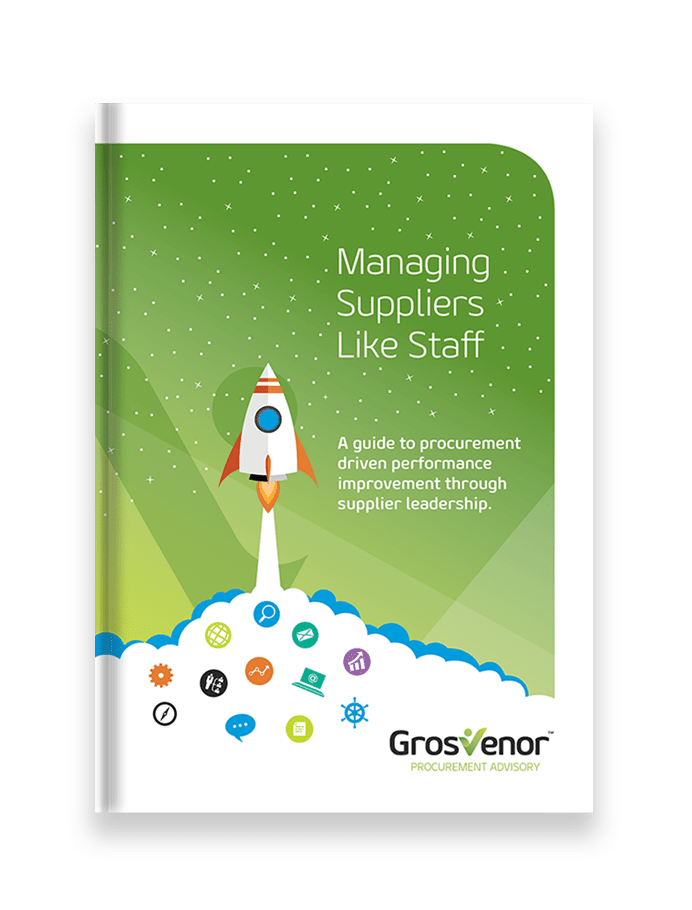3 steps to take your organisation to supplier leadership excellence

“Excellent firms don’t believe in excellence – only in constant improvement and constant change.” – Tom Peters, Author and Leadership Speaker
Much has been written about the relationship between leadership and staff performance. There’s no doubt that better leaders also produce better business outcomes. Yet this kind of thinking is usually limited to staff management. It does not extend to the positive impact leadership might have on the performance of suppliers.
And that is despite the fact that businesses spend over 80% of their revenue on external suppliers depending on industry.
In collaboration with PASA, Grosvenor’s 2016 procurement study investigates the relationship between supplier performance and leadership style more closely. After surveying 119 organisations in Australia, we found that transformational leaders receive up to 27% higher performance from their suppliers than leaders who prefer a different leadership style.
Of course there’s always room for improvement, even with organisations that we consider to be champions. Based on insights gained from our study even the clients who are most satisfied with their suppliers (on average 9.4 out of 10) can improve their supplier leadership to achieve better results by following three simple rules.
1. Know thyself
The most effective leaders are typically very self-aware. This is a great leadership trait, because it allows them to continuously improve their business relationships and push for exceptional outcomes. However, everybody has their blind spot. For instance, in our study only 41% of champions were able to identify their leadership style correctly. 48% stated that they most frequently exhibited Transformational Leadership but in fact typically lead by Contingent Reward. Working on the ability to correctly assess your own leadership style will enable you to achieve even better results.
2. Challenge the status quo
Even champions need to challenge their suppliers to think more innovatively. Currently, only one in three champions does so “frequently”. Leaders should actively challenge the status quo, suggest new ways of service delivery and proactively include the supplier in the process of addressing issues and finding solutions. This encourages continuous improvement and leads to more interesting work for the supplier.
3. Invest in your suppliers
Champions should spend more time on actively developing suppliers. Only 48% of champions report to do so “frequently”. Just like staff, suppliers are at different levels of development and a leader recognises these differences in maturity. Champions should spend more time developing their suppliers’ strengths for mutual benefit and lasting client-supplier relationships.









 We are all about sharing our expertise to help you and your organisation be the best it can be.
We are all about sharing our expertise to help you and your organisation be the best it can be.